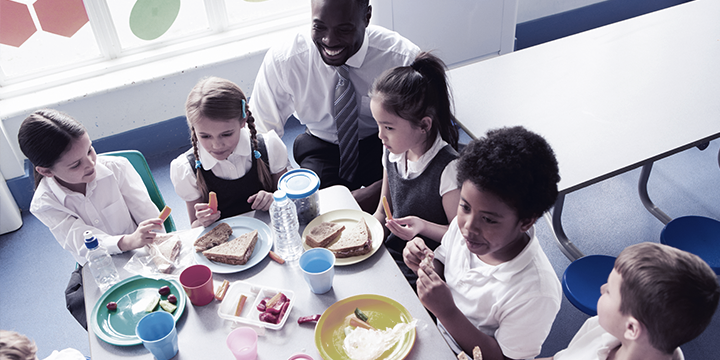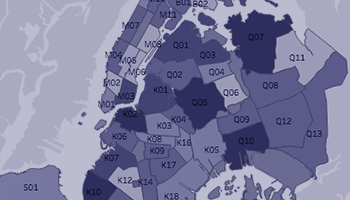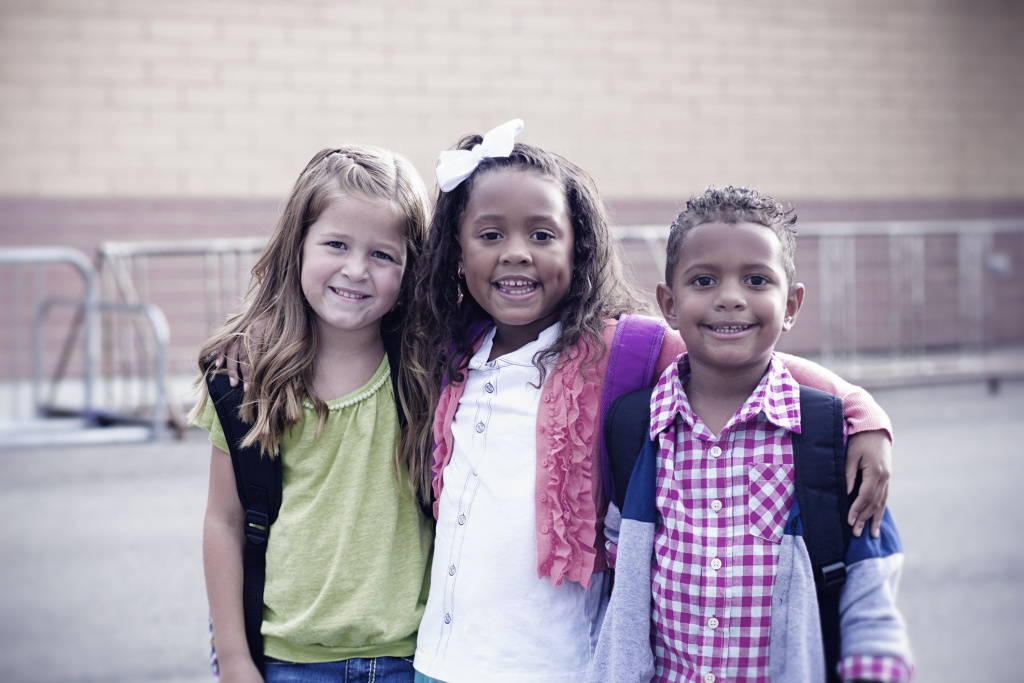
On Friday, November 16, 2018, as a part of Huger and Homelessness Awareness Week, ICPH asked the question, “What does homelessness mean to the students who experience it?” Friday’s commentary gave voice to the reality faced by the 1.3 million students experiencing homelessness across the country and the people who work with them every day…
Read More
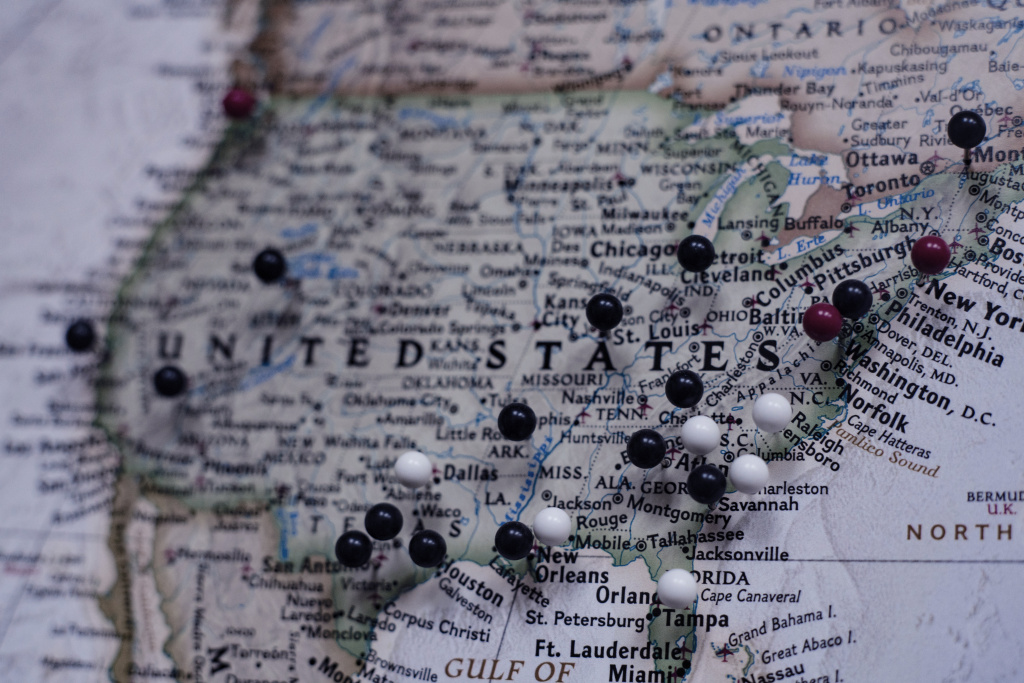
On Tuesday, November 13, 2018, as a part of Huger and Homelessness Awareness Week, ICPH answered the question, “How many homeless students live in my state?” Tuesday’s series of infographics explored child homelessness by state as well as the differences in the U.S. ED and HUD PIT counts. View the state infographics.…
Read More
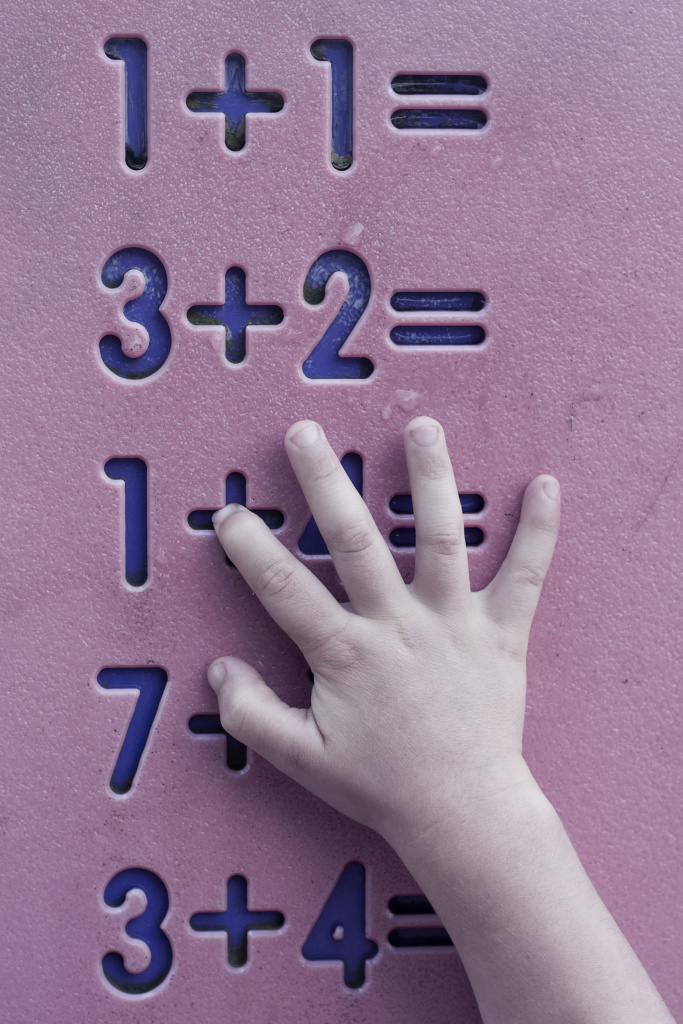
On Monday, November 12, 2018, as a part of Huger and Homelessness Awareness Week, ICPH explored the question, “How should we count children experiencing homelessness?” Monday’s infographic explained why an inclusive definition of child homelessness is required to give homeless children the visibility and support they deserve. View the Infographic.…
Read More

Domestic violence is a highly emotional issue that affects not only adults, but children as well. Domestic violence not only results in emotional turmoil, but also in social, economic, and housing instability for parents and their children. No community is immune; domestic violence is present in every community across the country. What is not often…
Read More
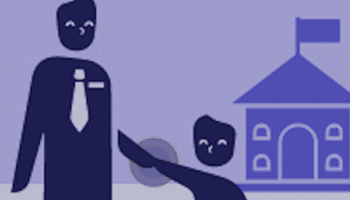
At suspension hubs, teachers were less likely to see disruptive behavior as an opportunity for social-emotional growth. For the 1 in 5 homeless middle school students who attended a suspension hub, ongoing training and resources in schools holds the most promise in reducing school suspensions.…
Read More
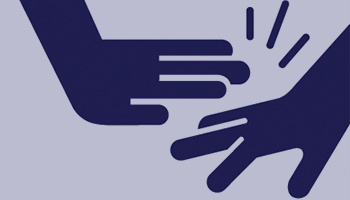
Homeless students are at alarmingly high risk for sexual violence. Among high schoolers, homeless students were much more likely than their housed classmates to have someone they were dating force them into unwanted sexual activity.…
Read More
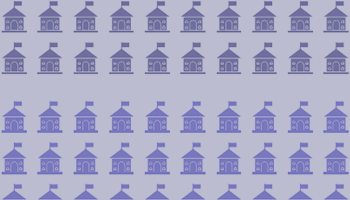
In New York City, there are 102 Suspension Hub middle schools that suspended more than 6.6% of students overall during SY 2015–16. Where are they?…
Read More
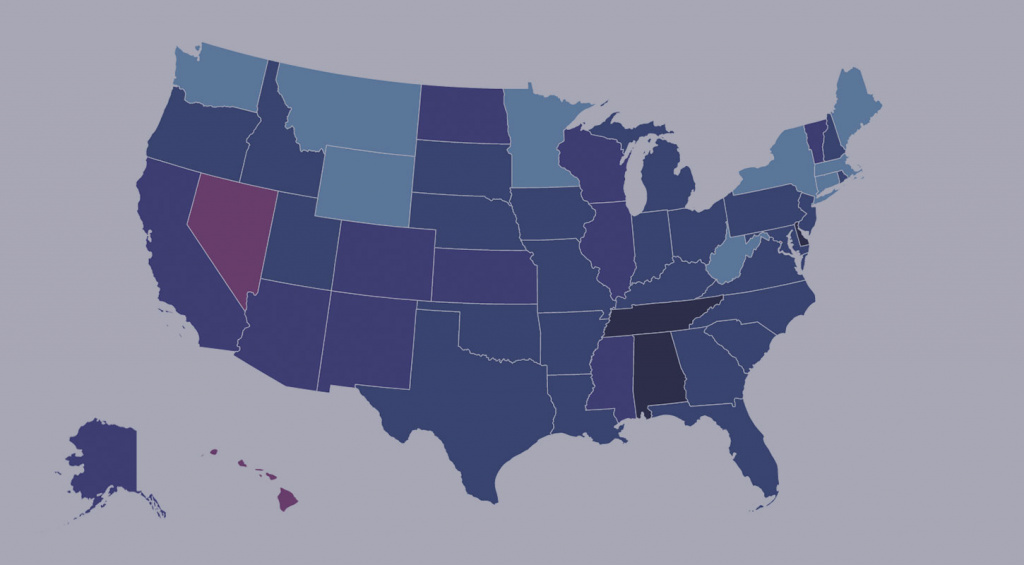
Visualizing Child Homelessness: Last year homelessness affected 1.3 million children in American public schools. New York State is home to two-thirds of all homeless students in the Northeast. In the nation’s capital, the homeless student population grew by 70% from SY 2013–14 to SY 2016–17. The number of homeless students living doubled up in Connecticut…
Read More





